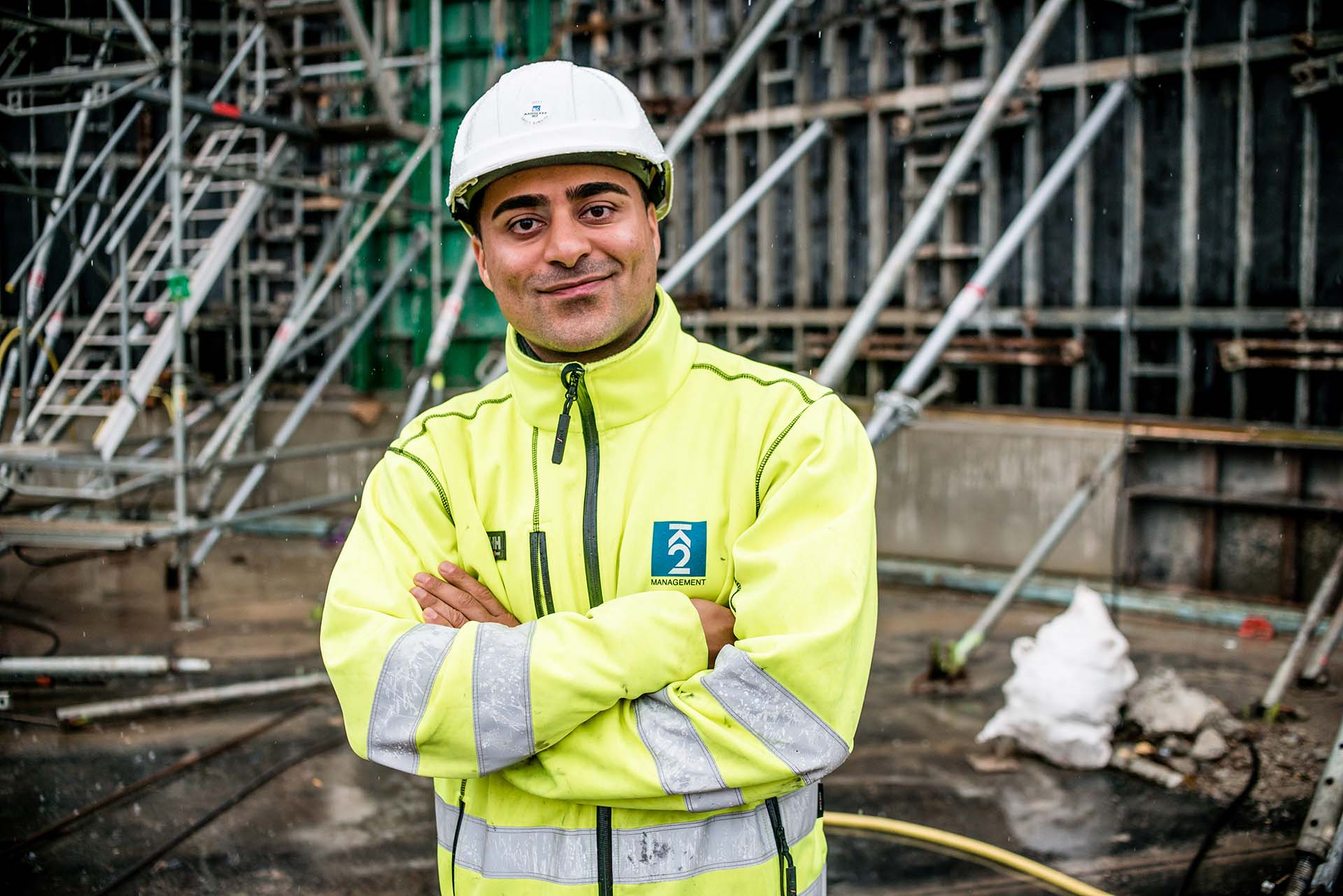
Why should developers prioritize best practice?
In developed markets, health, safety and environmental (HSE) regulations are often robust and comprehensive but this is not always the case in emerging markets. What might sound like an opportunity to reduce costs by simply complying to local regulations could in fact be a false economy. Despite local requirements potentially being simple there are sound moral and financial reasons for investing in health, safety and environmental performance beyond those local requirements.
Bankability
International banks, financiers and investors almost exclusively demand that wind and solar projects follow international best practice standards, before they will invest.
Banks and investors have a code of ethics for their engagements, which apply globally no matter what market they are investing in, so project developers will have a hard time getting a project financed without promoting a certain standard of health, safety and environmental performance. This is something that will be flagged during the due diligence process.
In some markets, there is no requirement for an environmental impact study or even a health and safety plan, representing a simplistic approach to the management of HSE risk in a project. Failure to thoroughly identify and mitigate risks can lead to unexpected problems during the construction and operational phases of a project, potentially costing both time and money.
A prime example
In some markets, elevators in wind turbine towers are not mandatory, so engineers must climb the ladder in tropical heat inside a steel tower. At the height of the sun, this can mean climbing in temperatures over 55 degrees Celsius, exposing workers to the risk of heat exhaustion.
As such, construction and maintenance work must be scheduled to avoid the hottest times of the day, which potentially leads to reduced project efficiency and greater asset down time. However, if this was considered in the development stage of the project, the cost of including elevators in the CapEx vs the cost of down time and project efficiency loss over the 20+ year project lifespan could be a potentially significant saving.
In simple terms, there is a direct correlation between the overall price tag for a project and its HSE-maturity. Effective management of HSE has been proven to improve worker morale and productivity, facilitate good cooperation between client and contractors, as well as reducing accidents which could cause harm to workers, the environment and company’s reputation.
Emerging market regulation vs international best practice
Whether it be HSE plan requirements, environmental planning stipulations, the need for HSE training, or design process and management system considerations, emerging market regulations differ vastly from international best practice.
In some emerging markets there is only a basic – and sometimes no – requirement for a HSE plan or risk assessment. However, in line with international best practice, businesses should be actively promoting a safe and healthy work environment. A comprehensive HSE plan and risk assessment should identify, assess and mitigate all significant HSE risks, establish emergency planning procedures, as well as clearly set out detailed work instructions for the safe performance of specific tasks.
The same can be said for environmental planning requirements, of which there may be very little in some emerging markets. Rather than adhering to these minimal local requirements, companies should endeavor to reduce their environment impact through a detailed environmental impact study and plan.
Adhering to the principle of safety by design is also vital to safeguard both workers and the surrounding environment. For companies operating in the wind sector – as noted above – this is pertinent, and efforts should be made to not only fit elevators to wind turbines, but also ensure that all moving parts are guarded.
HSE training requirements for workers operating in the wind sector is another area worth noting. Where there may no or little HSE training requirements in some markets, companies should instead look to international best practice. With the performance of high-risk tasks common in the wind sector, companies should ensure that all workers have Global Wind Organization standard of safety training. Similarly, first aid and rescue training will significantly reduce risk of serious injury and potential loss of life.
International standards should also help guide HSE management systems, particularly where there is limited, or no requirements locally. ISO 45001 and ISO 14001 should be implemented to ensure a consistent approach to HSE management. This will ensure that international contractors can align their HSE management procedures with any given project.
So, what does the developer do?
With different standards covering different geographies, it can be difficult for developers to know what regulatory standards they should be aiming for. Simply put, we recommend the following guidelines are always followed:
- Allow adequate time and resources for the project and budget for HSE.
- Check and review environmental impact study and plans against the permit and make sure they are implemented.
- Ensure that Health and Safety Plans are being developed, implemented and regularly reviewed as a part of the project.
- Ensure that turbine technical requirements address relevant health and safety issues.
- Work to recognized international standards, such as ISO 45001, ISO 14001, and renewables industry best practice such as Global Wind Organization.
